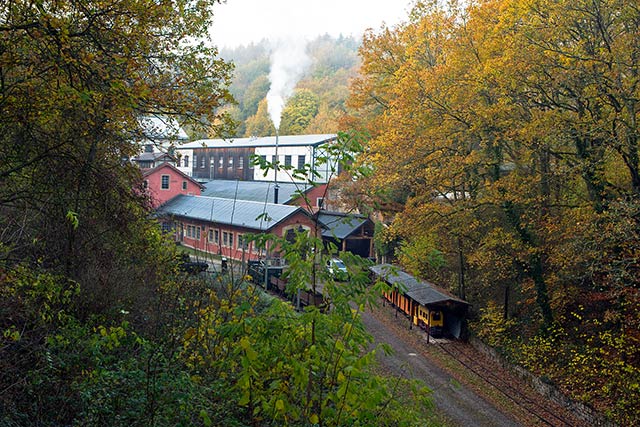5 Ways in Which We (the Young Generation) Can Make the Difference
The following thoughts come from Mahmoud Hashoush, who is currently doing an Erasmus+ traineeship with us at the Minett UNESCO Biosphere.
While we might think that the big decisions related to the environment and the earth´s natural resources are beyond our control, there still exists a lot of ways in which WE can drive the change.
If you ever wanted to take a step and felt incapable or thought that your actions are insignificant, this article is written just for you.
First things First. Why do we really care about the environment?
Scientists have dedicated a big portion of their time to fully understand and later answer this question. They realized that the best way to know why we care, is by determining (or at least by attempting to determine) the value of the environment and all that it has to offer.
To that end, scientists suggest that aside its intrinsic value, the environment provides a set of products and services that are vitally essential for us, humans, to survive and flourish.
Some of the environmental products and services include:
- The raw materials that we need for production and consumption, and hence for economic growth.
- Ecological life support services, most notably the supply of oxygen that we breathe, the clean air and water that we cannot live without, pollination of plants, wastewater treatment, pest control and many others.
- A sanctuary or a setting for many recreational activities including hiking, camping, birdwatching, fishing, swimming, you name it.
- An inspiration and a medium for the expression of identity, be it spiritual or just aesthetic.
- A database with which we understand sciences, the natural world and its origins.
So now! What are the 5 ways in which we can make the difference?
In reality, there exists infinite ways in which we can contribute positively to the environment. Remember that even when big-scale changes require countries and organizations to modify their policies and procedures, we as community members also have a significant role, as our collective behaviour defines our community and the society in which we live in.
Here are some ways in which we can protect and promote the wellbeing of our natural environment:
1. Volunteering and getting involved locally
No matter where you live in the world, there are many youth-based environmental organizations, local non-for-profits and even environmental associations that are taking action and are in need of young people, JUST LIKE YOU, to take part. Getting involved might include raising awareness, calling for action, offering a hand or organizing a local clean-up for example, fundraising, and many more.
2. Being informed
Learning about nature and the environment that surrounds us is crucial for two main reasons: a. to understand how everything in our biosphere functions in undisturbed conditions and to preserve it, and b. to understand how our disturbances affect the environment and its components in order to mitigate or find them solutions.
3. Spreading the word
Because it is not enough for US to know what is and what can and should be done. Raising awareness is very important and does not need to be directed just towards the general public. In fact, it can even be within our small circle of friends, colleagues and family. Who said that you need a PowerPoint presentation to raise awareness? Think twice, social media can offer a great platform.
4. Reducing consumption
This is not just important for preserving our natural resources, but also so that we do not exceed the earth’s waste absorption capacity. And here we are not speaking about stopping consumption, but rather weighing our available options and selecting what makes more sense to us AND the environment.
5. Calling to action
Actions can both those that aim at preserving the environment (when it is undisturbed), and others that offer solutions to already existing challenges (when disturbances are in place). Always remember that when recommending solutions, it does not have to feel like we are opponents of the concerned body or person. Rather, it should be more of a proposal for improvement, or an opportunity for collaboration in reach of our end goal – environmental protection and preservation.
 |
 |
 |



